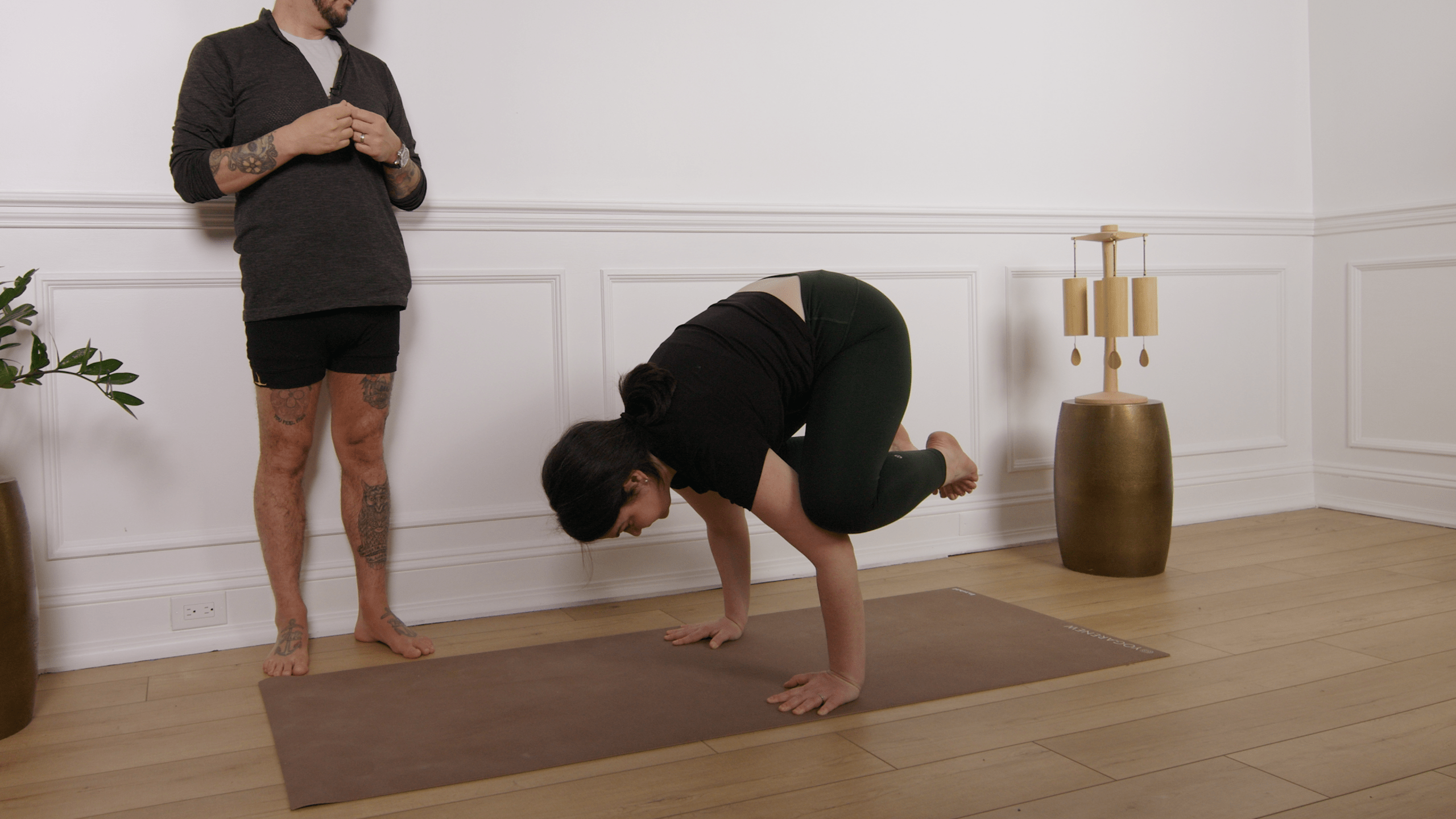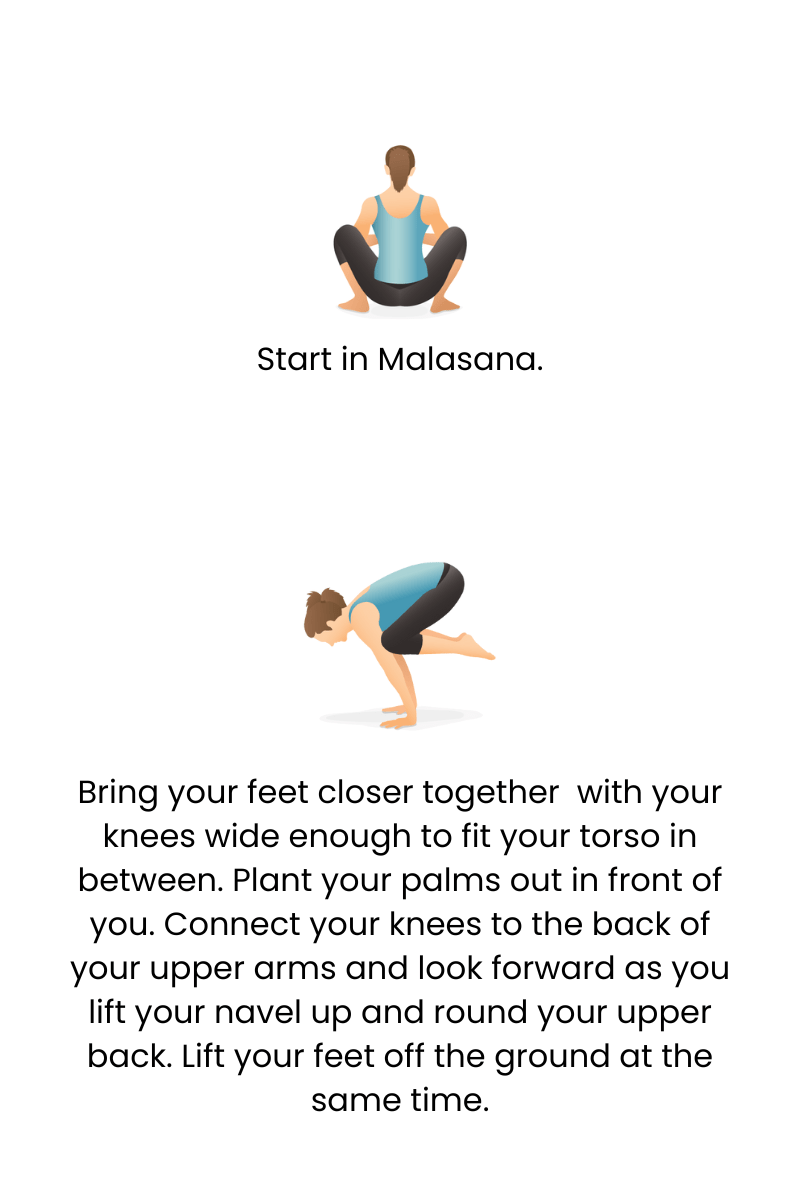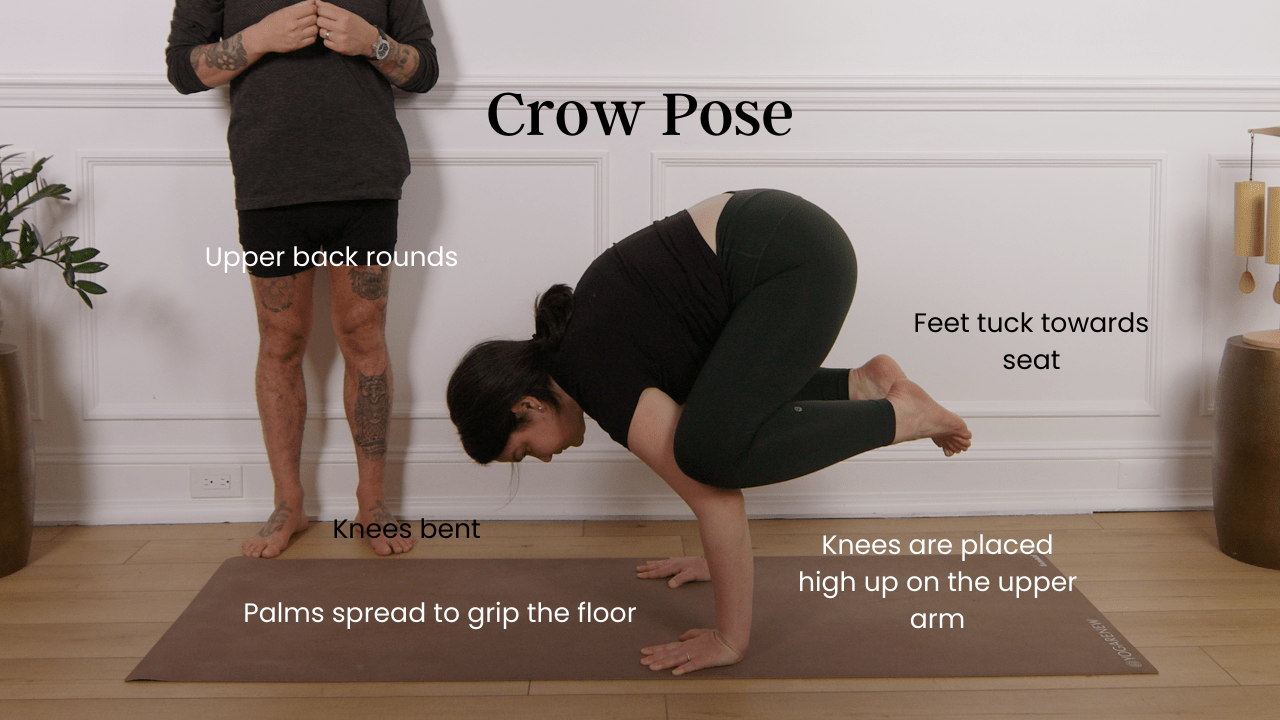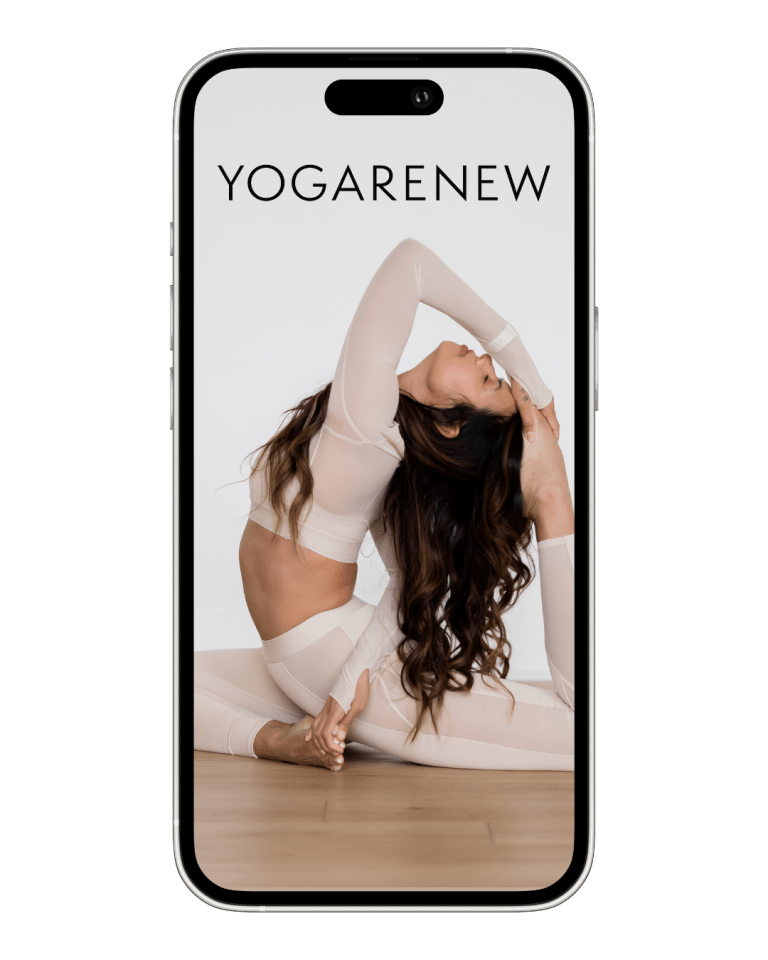What is Crow Pose?
English Name: Crow Pose
Sanskrit Name: Bakasana (pronounced bah-KAHS-uh-nuh)
Category: Arm Balance, Strength, Intermediate

English Name: Crow Pose
Sanskrit Name: Bakasana (pronounced bah-KAHS-uh-nuh)
Category: Arm Balance, Strength, Intermediate
Crow Pose, or Bakasana, is a foundational arm balance that builds strength, stability, and concentration. Though it may appear challenging, Crow Pose is often the first arm balance yoga practitioners learn—and with proper technique and preparation, it becomes a rewarding gateway to more advanced postures.
Bakasana strengthens the wrists, arms, shoulders, and core while developing balance and body awareness. It also cultivates courage, as it invites you to shift your weight forward, trust your hands, and lift off the ground.


Crow Pose is more than a strength exercise—it’s a mindset builder. By learning to balance, trust, and fly, practitioners experience physical progress and mental empowerment. This compact, full-body pose encourages focus, lifts energy, and reminds us that balance is achieved through patience, breath, and courage.
Whether you’re working toward your first lift-off or refining your form, Bakasana continues to challenge and inspire every time it’s practiced.
Not necessarily—core and shoulder strength help, but proper alignment and technique matter more.
Start low, use props, and place a pillow in front of you. Fear is normal—go slowly and mindfully.
Yes! With modifications, clear cues, and prep poses, it can be safely approached by most students.

Explore classes & pose tutorials for any style, format, duration or experience level with a free account in the YogaRenew app. Or subscribe and gain access to workshops, live classes and more.